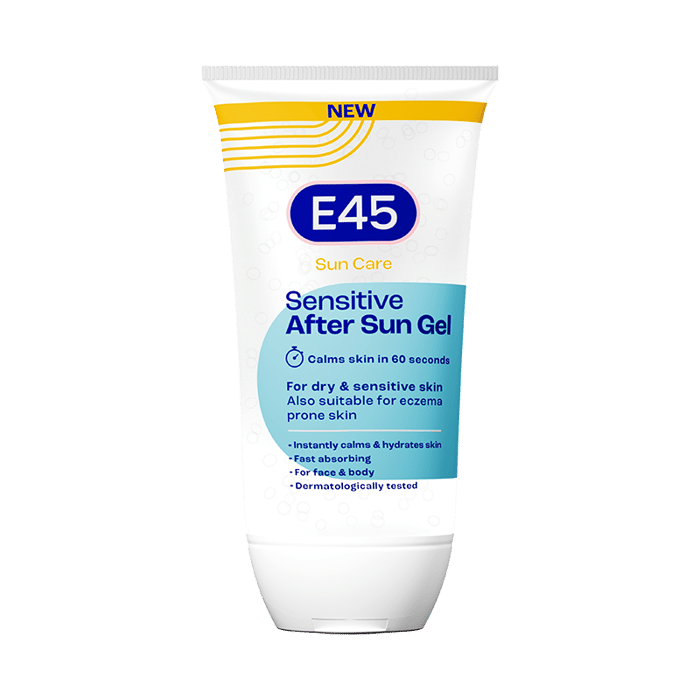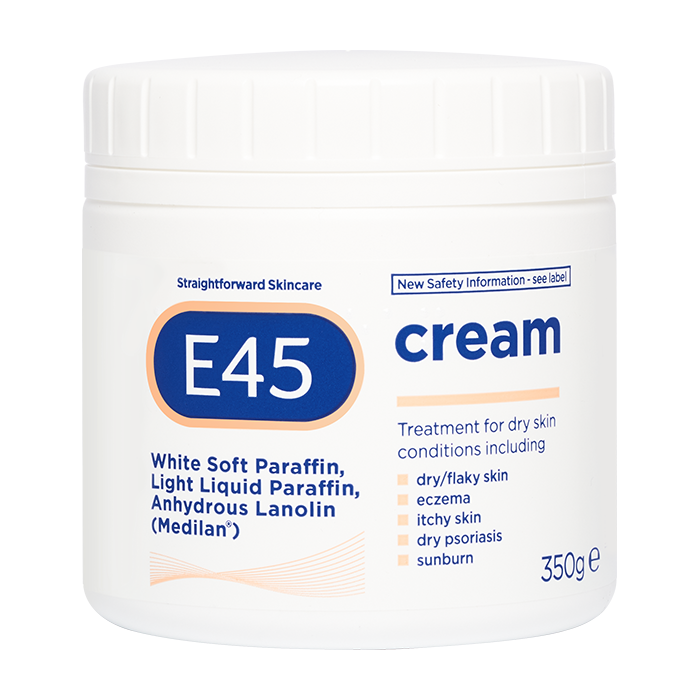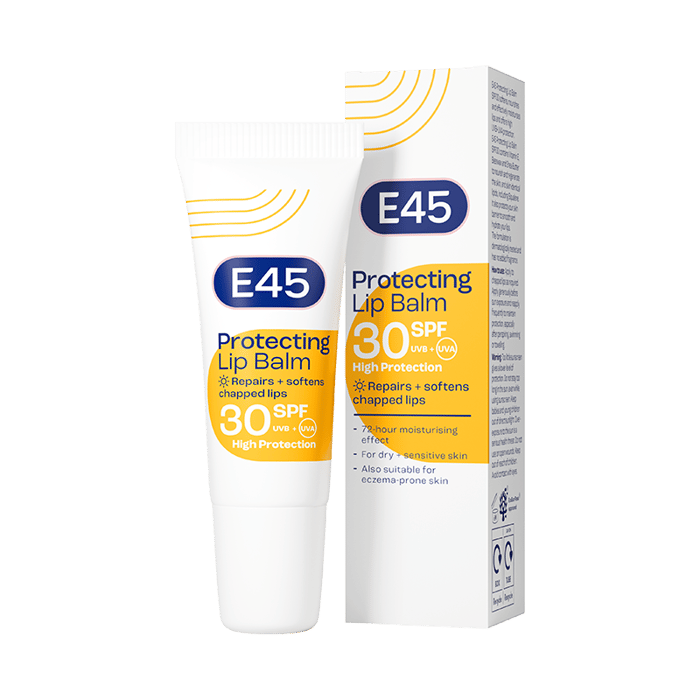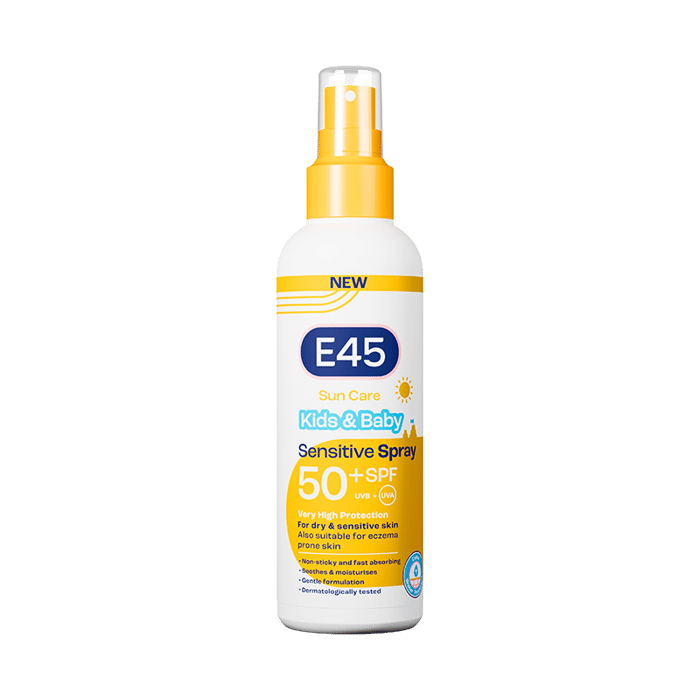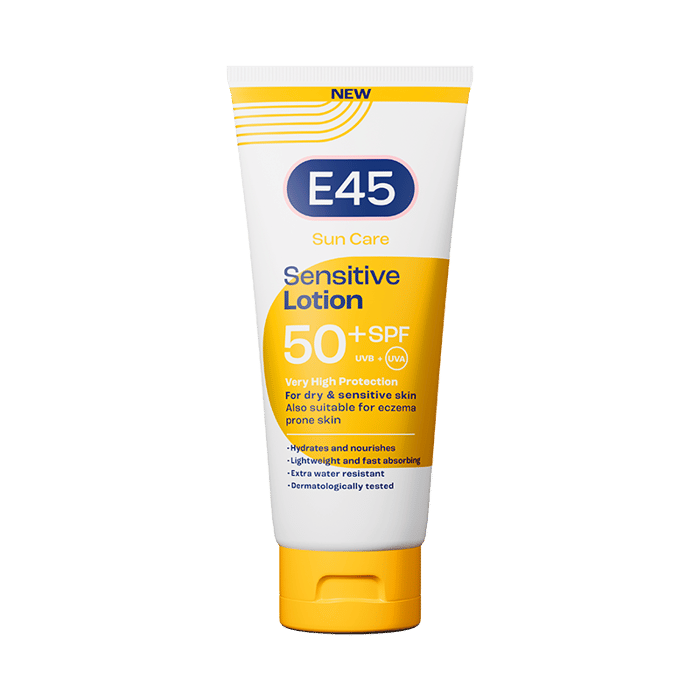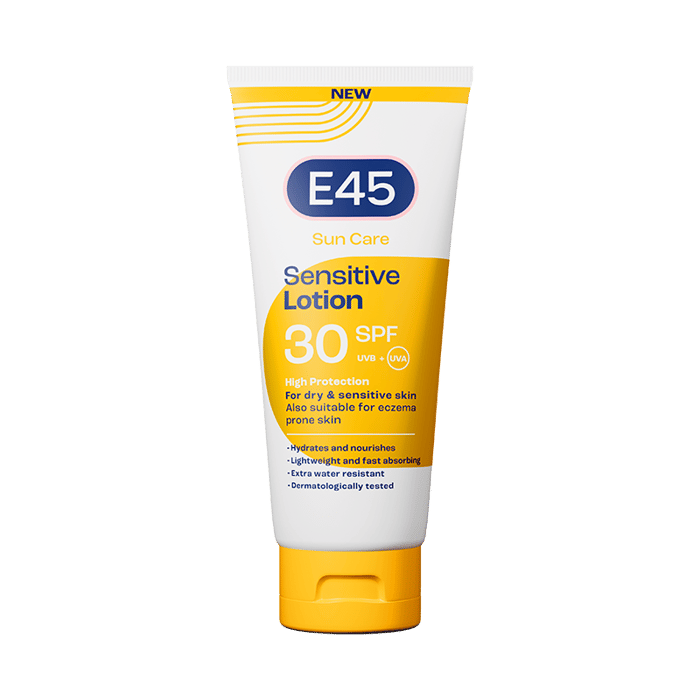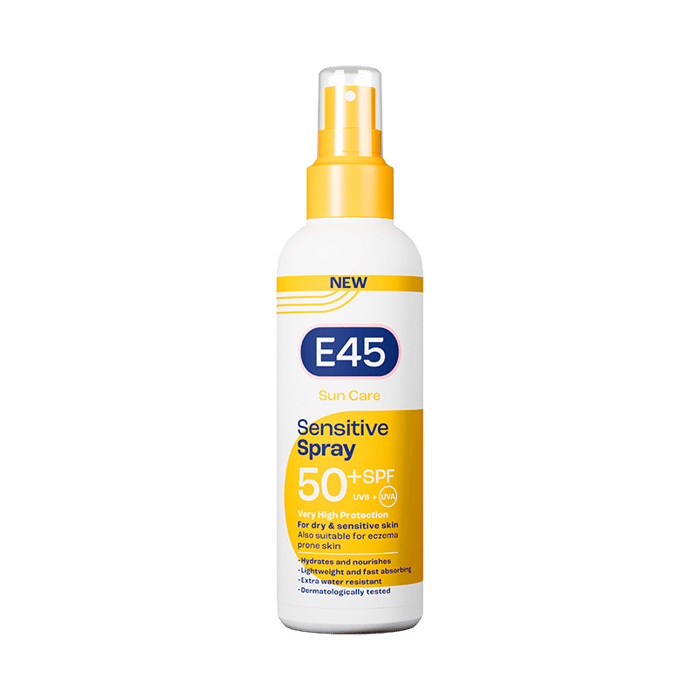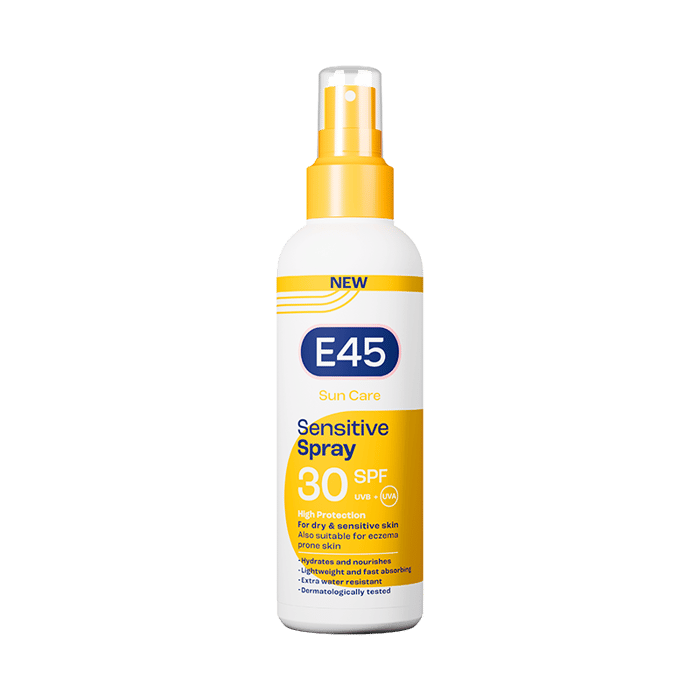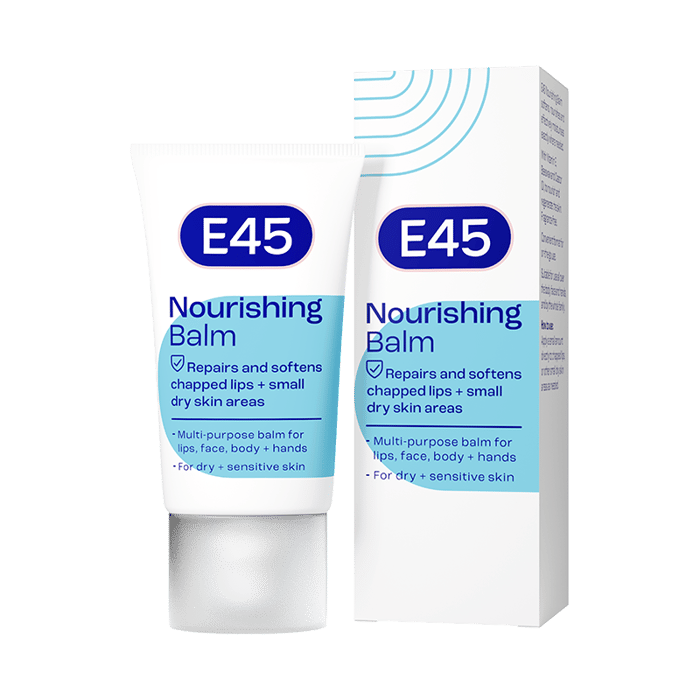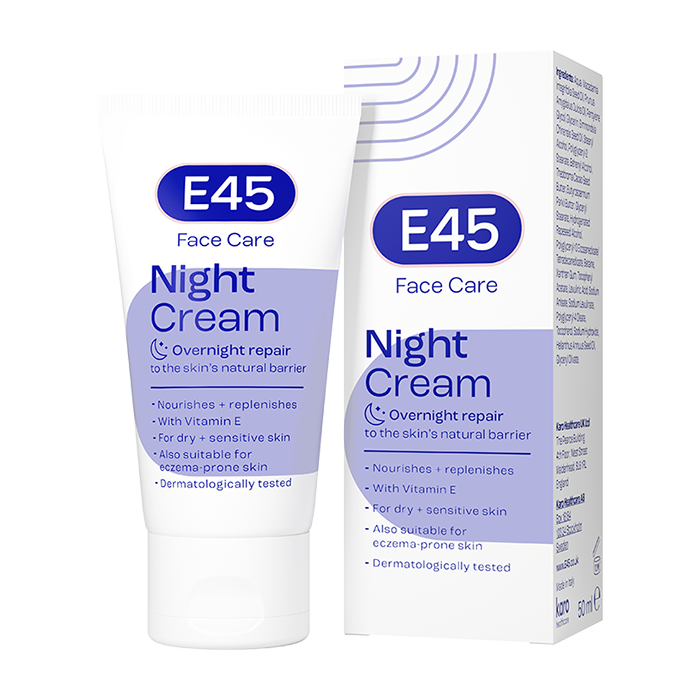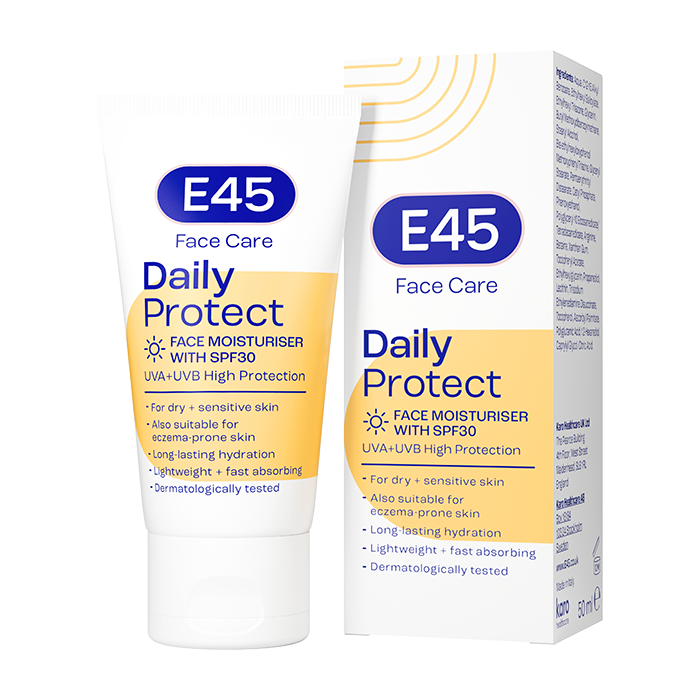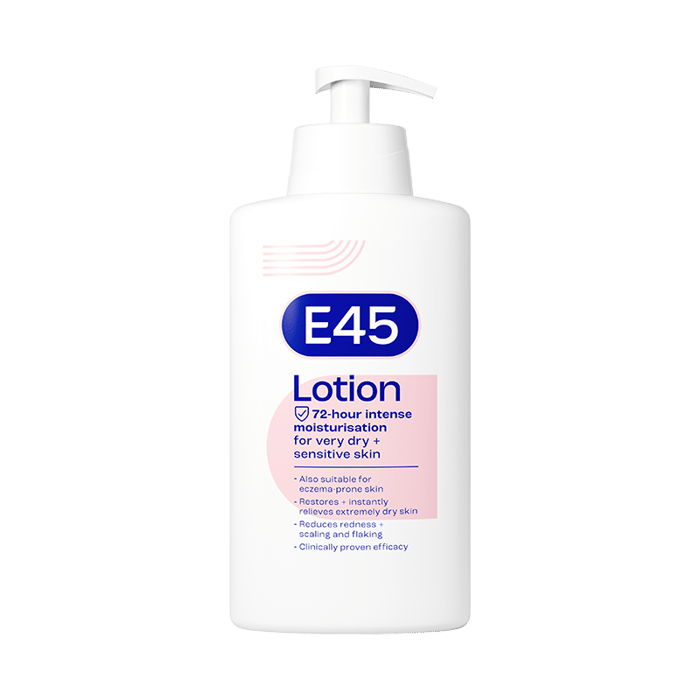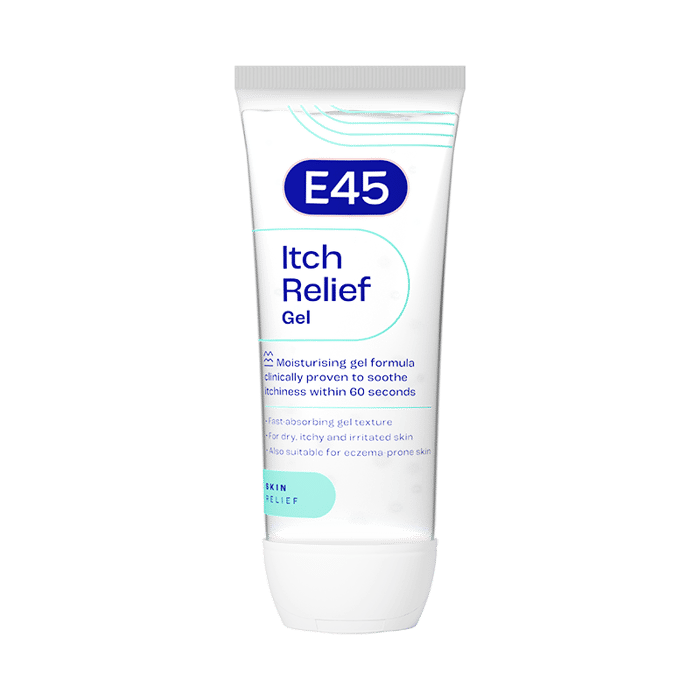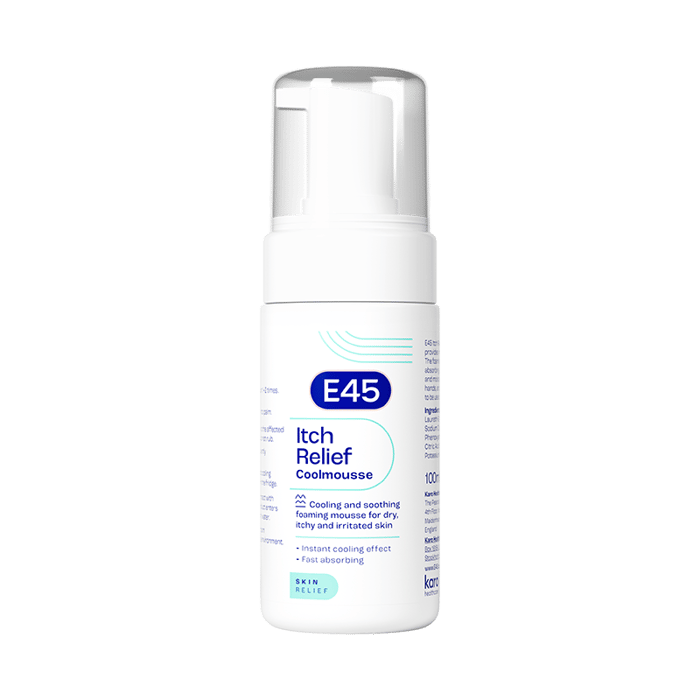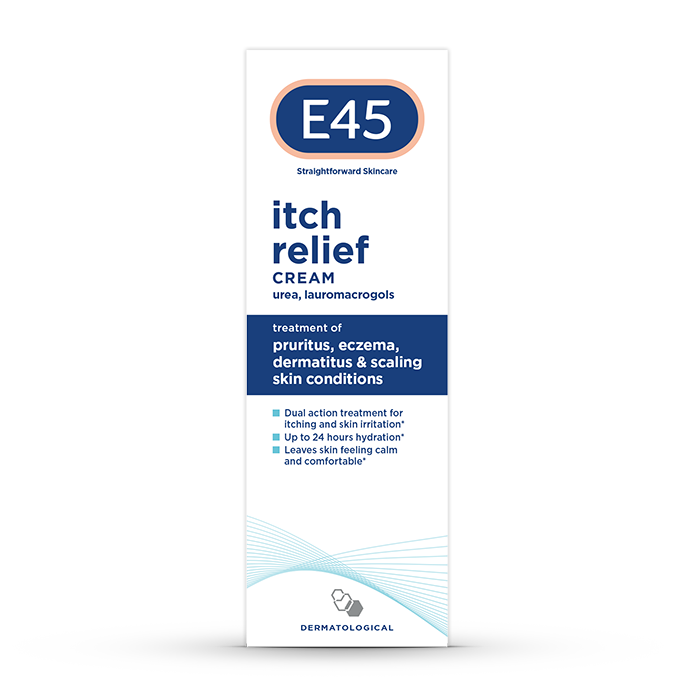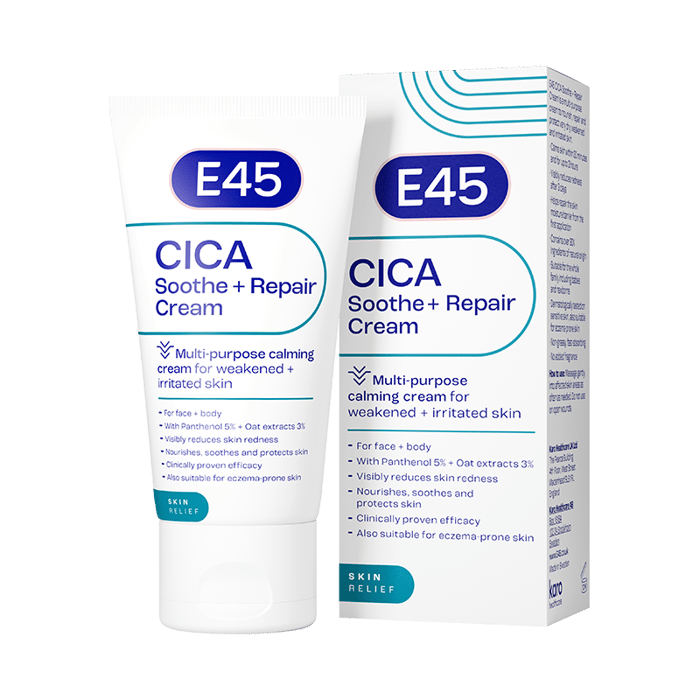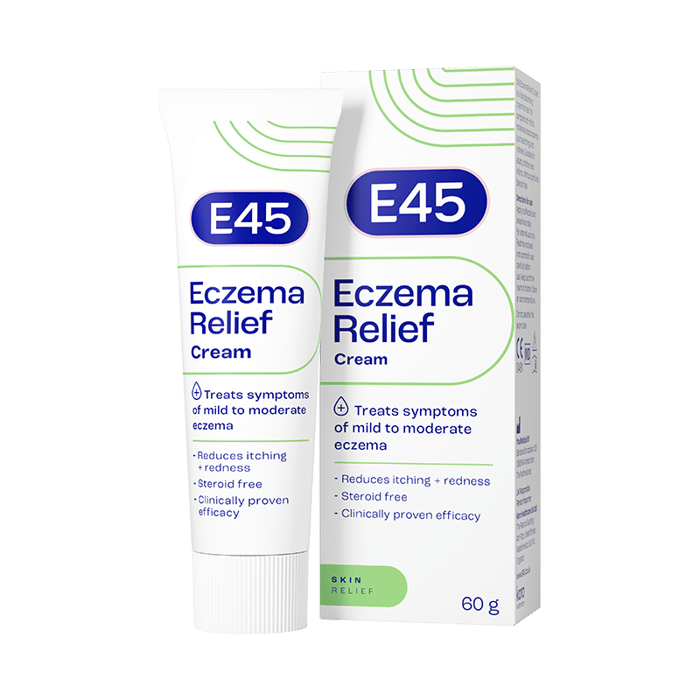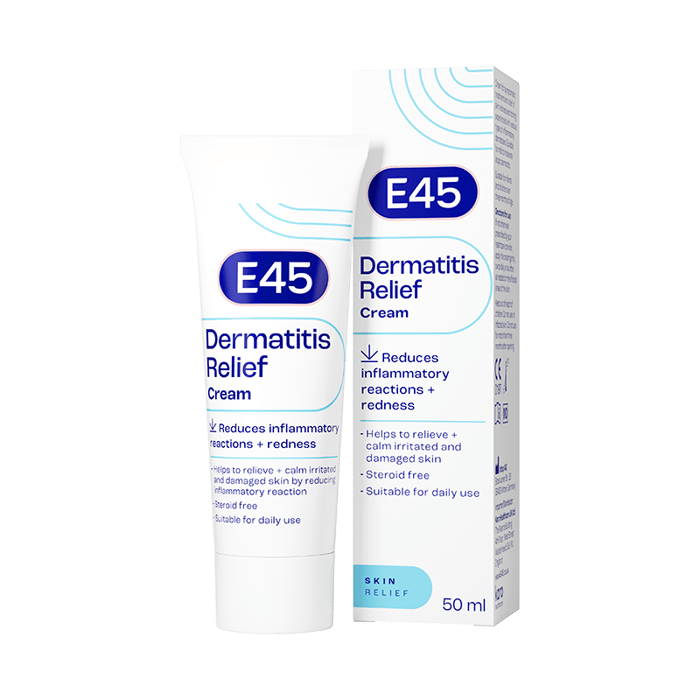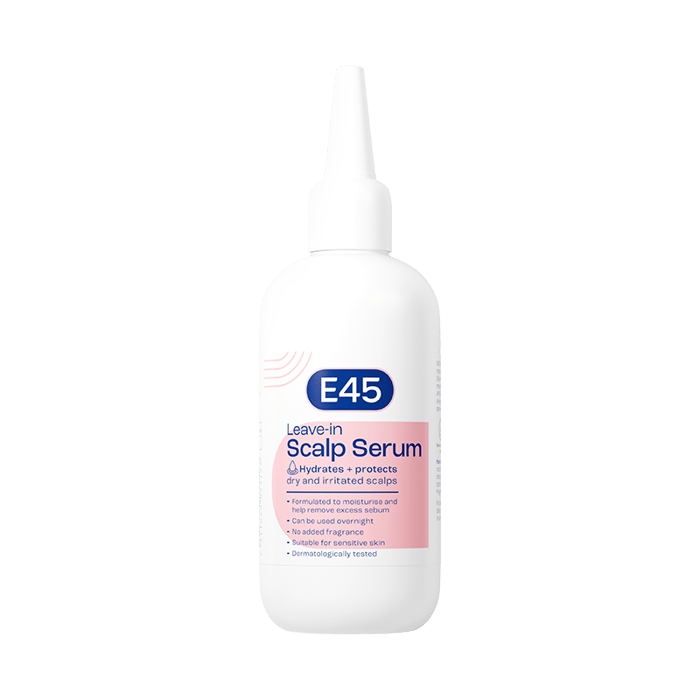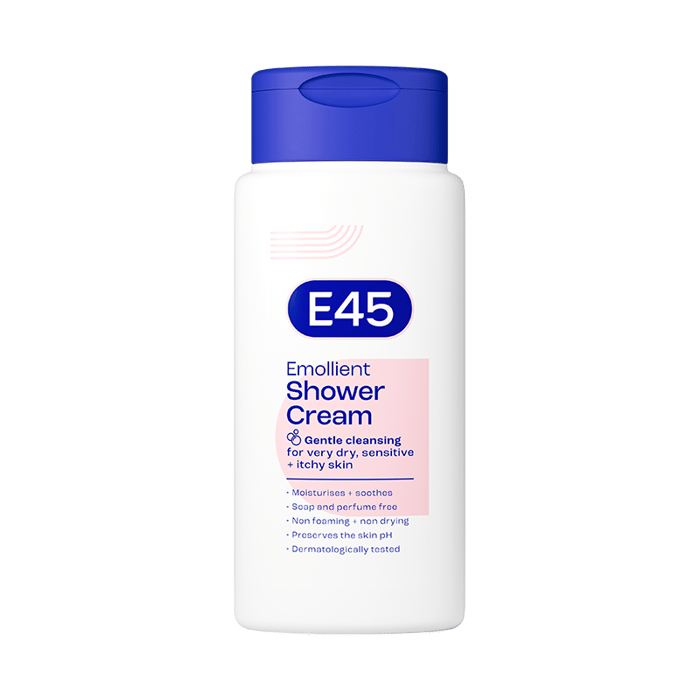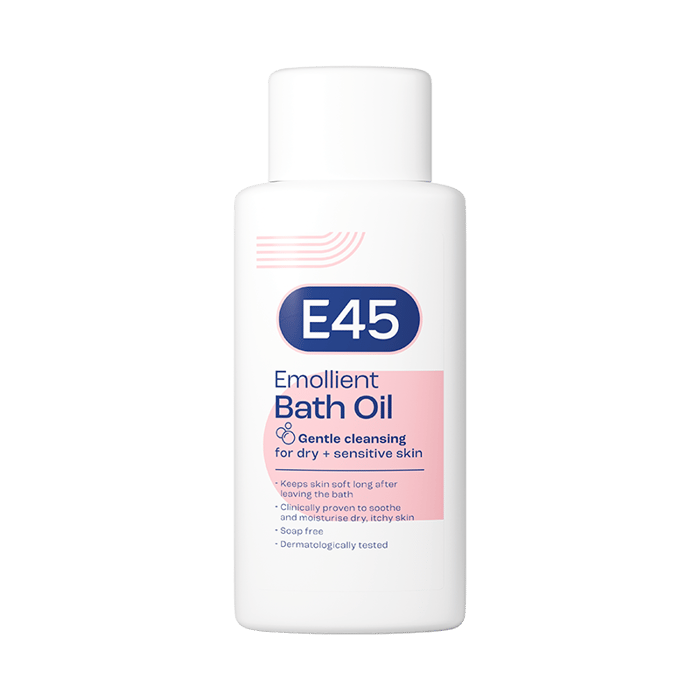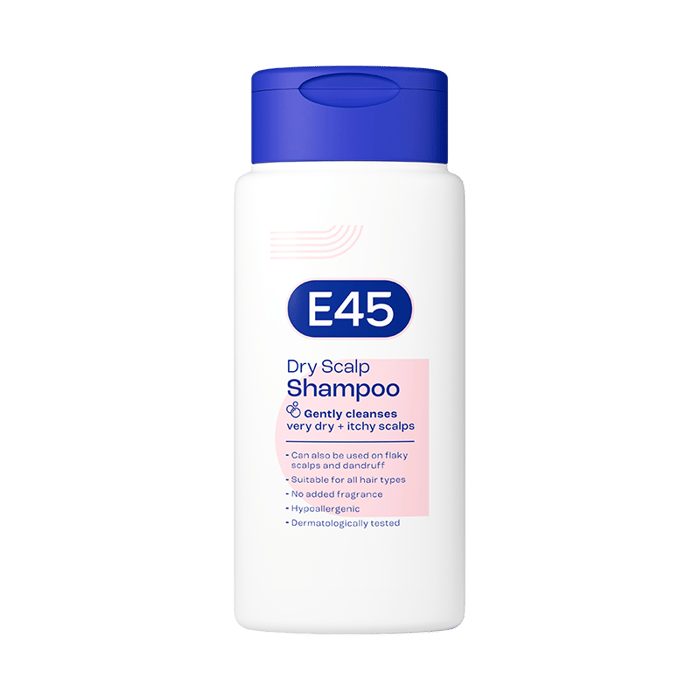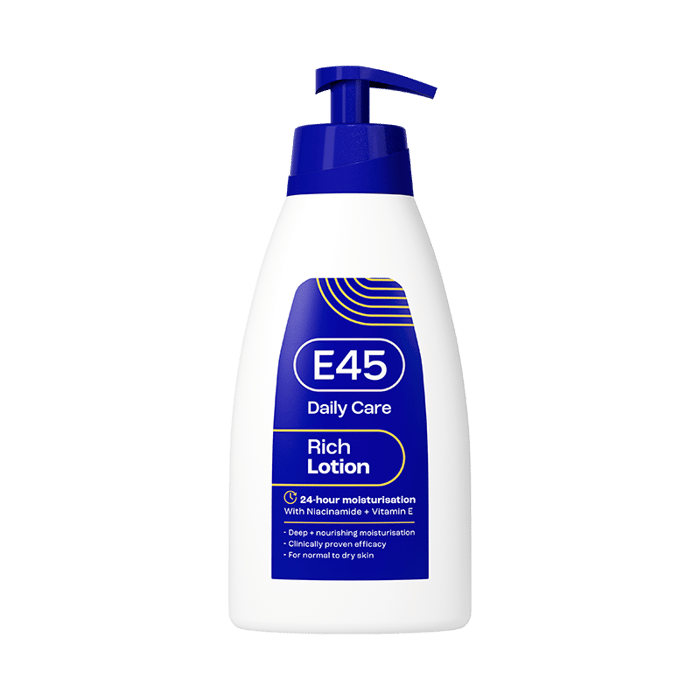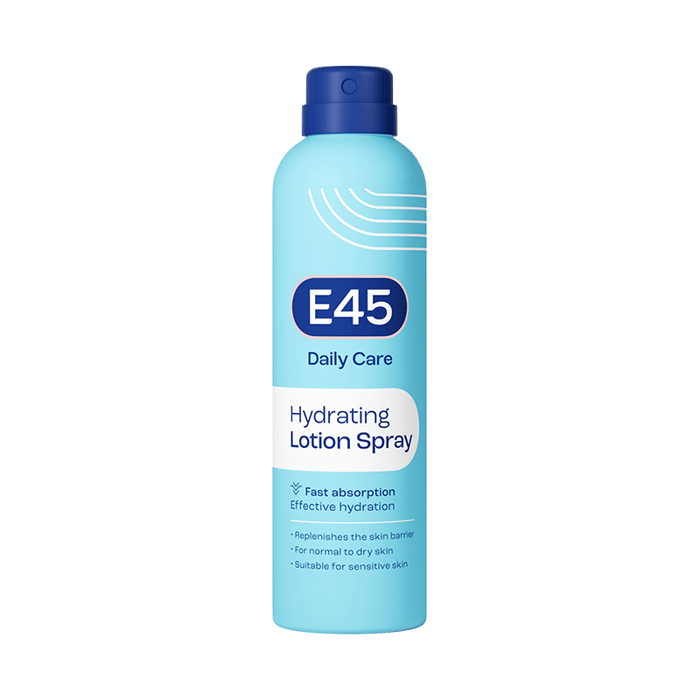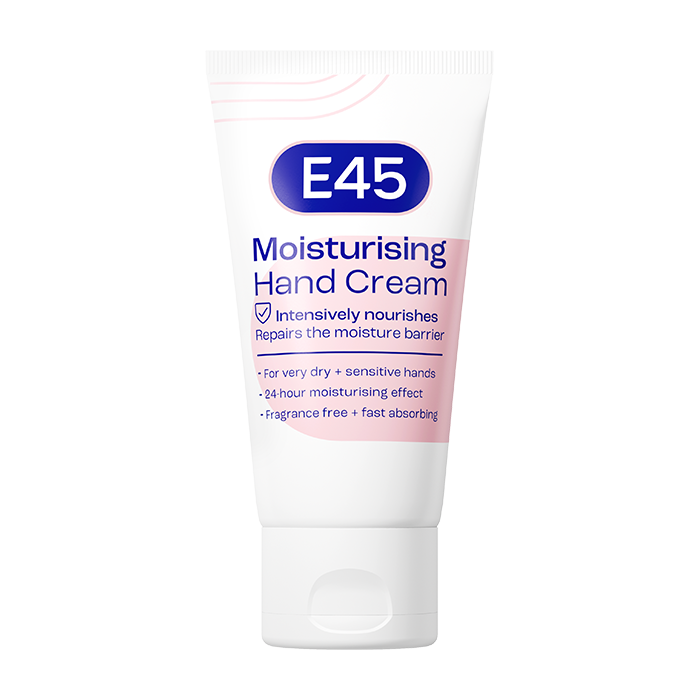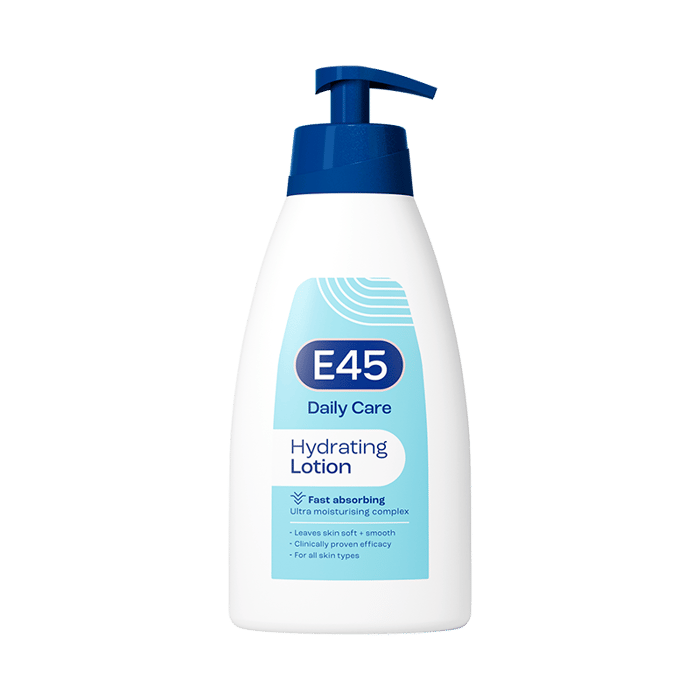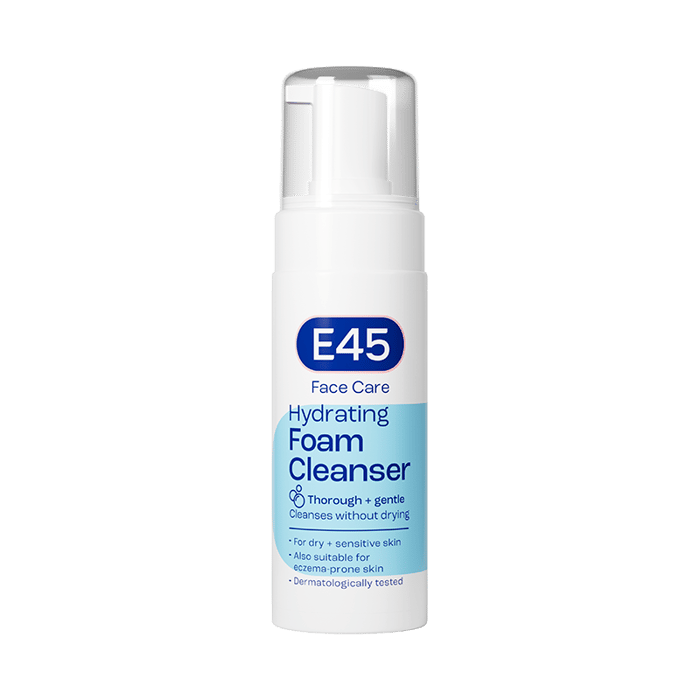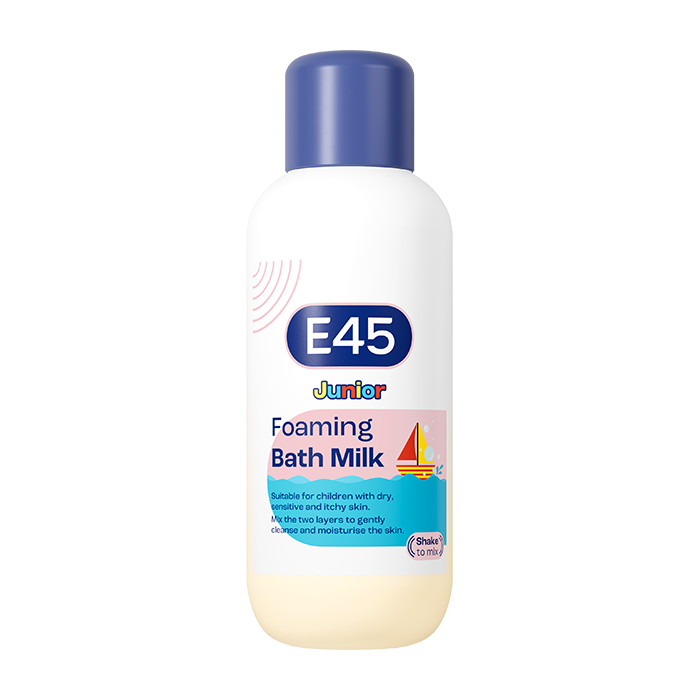Understanding Sun Rash: A Comprehensive Guide
Sun rashes, or sun allergies, affect approximately 10% to 15% of the UK population (Source). The term ‘sun allergy’ describes several conditions that cause an itchy rash to form on the skin after being in sunlight or other sources of ultraviolet (UV) radiation. Polymorphous light eruption is the most common form of sun allergy. Here, we explain what a sun rash is, the symptoms to look for and how to treat it.
What is a sun rash?
A sun rash, also known as a sun allergy or photodermatitis, is a reaction of the skin to exposure to sunlight. It can manifest in various forms, such as a red, itchy rash or small bumps across sun-exposed areas of the skin. There are several types of sun rash, including polymorphic light eruption (PMLE), solar urticaria and photoallergic eruption (source). The severity of the symptoms and the exact appearance of the rash can vary depending on the individual and the specific type of sun allergy.
It’s important to note that a sun rash is different from sunburn, which is a burn from ultraviolet (UV) radiation that causes red, painful and swollen skin. Sun rash may be triggered even with limited sun exposure in some sensitive individuals and is more related to an immune system reaction than to the direct damage caused by UV rays (source).
What are symptoms of sun rash?
The symptoms of a sun rash can vary depending on the type and severity of the reaction, but common signs include:
- Red, itchy rash: This is the most common symptom, often appearing on areas of the skin that were exposed to the sun.
- Blisters or hives: In some cases, small blisters or hives may form on the skin.
- Swelling: Affected areas might swell, especially if the reaction is severe.
- Pain or tenderness: The rash may be painful or tender to the touch.
- Scaling or crusting: Over time, the rash might scale or crust over.
- Headache and nausea: In rare cases, systemic symptoms like headache and nausea might accompany the rash.
- Fever and chills: Very rarely, a sun rash might be accompanied by fever and chills, indicating a more severe reaction.
The symptoms usually appear within a few hours of sun exposure and can last for several days (source). The severity of the symptoms can depend on how long you were exposed to the sun and your individual sensitivity. It’s important to seek medical advice if the rash is severe, covers a large area or is accompanied by systemic symptoms like fever or headache.
What causes a sun rash?
Sun rash can be caused by a variety of factors, often involving a sensitivity to ultraviolet (UV) radiation from the sun. Here are some common causes (source):
- Genetics: Some people are genetically more likely to get sun rashes, especially if they have light skin.
- Medicines: Certain medicines can make your skin more sensitive to sunlight. This includes some antibiotics, water tablets (diuretics) and heart medicines (source).
- Skin products: Some ingredients in creams or makeup can make your skin react to the sun.
- Health conditions: If you have certain health issues like lupus or rosacea, your skin might be more sensitive to sunlight (source).
- Past sunburns: If you’ve had bad sunburns before or spent a lot of time in the sun, your skin might be more likely to react.
These are general guidelines and individual experiences may vary. If you have concerns about sun rash, consulting a healthcare professional is recommended.
Appearance of a sun rash
A sun rash, also known as a sun allergy or photodermatitis, typically appears as a red, itchy rash on skin that’s been exposed to sunlight. It can vary in appearance but often includes symptoms like redness, small bumps, hives or blisters. The rash might feel warm to the touch, and in some cases, it may cause a burning or itching sensation. The severity and specific appearance of a sun rash can vary greatly depending on the individual’s sensitivity, the amount of sun exposure and other individual factors.
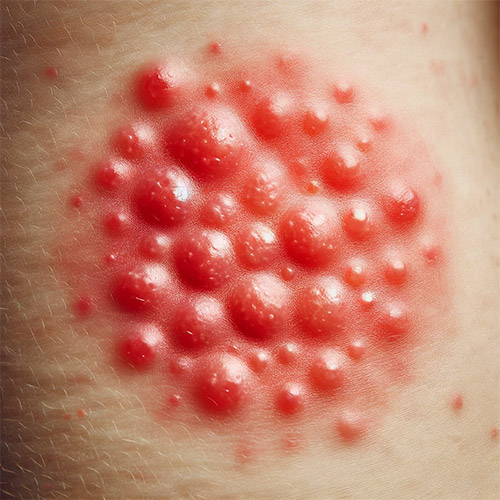
Who is more likely to get a sun rash?
Sun rash, or photodermatitis, can affect individuals regardless of their skin type, but certain factors can make some people more susceptible than others. Here are the key factors that influence susceptibility:
- Fair skin: People with lighter skin get sun rashes more easily because they have less of the skin pigment that protects against the sun.
- Family history: If your family members often get sun rashes, you might too.
- Medicines and creams: Some medicines and skincare products can make your skin more sensitive to the sun, leading to a sun rash.
- Skin conditions: People with skin conditions like eczema are more likely to get sun rashes. Learn more in our guide about eczema and sun exposure.
- Where you live or travel: If you’re in a place with strong sunlight, especially if you’re not used to it, you might get a sun rash.
- Past sunburns: If you’ve had bad sunburns before, you might be more likely to get a sun rash.
- Age: Very young kids and older people have sensitive skin, so they might get sun rashes more easily.
It’s important to protect your skin from excessive sun exposure, regardless of your skin type or susceptibility factors. Using sun cream, wearing protective clothing and avoiding the sun during peak hours are effective ways to reduce the risk of sun rash and other sun-related skin issues.
Read more: Sun safety
Negative consequences of sun rashes
A sun rash typically isn’t cause for significant concern, but there are several aspects to be aware of. Experiencing a sun rash can lead to increased skin sensitivity to sunlight, which might result in more frequent reactions in the future. In cases where the rash is particularly severe and results in blisters, there is a risk of infection, especially if the affected skin is scratched. On rare occasions, a sun rash may be a symptom of a more serious allergic reaction to sun exposure, which requires a medical consultation. Those with pre-existing skin conditions like eczema may also find that a sun rash exacerbates their symptoms.
Prolonged and repeated exposure to the sun, leading to recurrent sun rashes, can contribute to long-term skin damage. This includes premature ageing and an elevated risk of developing skin cancer (source). In very rare instances, a sun rash might be accompanied by systemic symptoms, such as fever or nausea, which would require immediate medical attention.
Treating a sun rash
Treating a sun rash, also known as photodermatitis, involves a few steps to soothe the skin and reduce symptoms (source). Here’s what you can do:
- Get out of the sun: First, move to a shaded area or go indoors. Avoiding further sun exposure is crucial to prevent the rash from worsening.
- Cool the skin: Apply cool compresses (like a damp cloth) to the affected area. This can help reduce inflammation and soothe the skin.
- Hydrate the skin: Use moisturising lotions or creams to keep the skin hydrated. Choose products that are gentle and free from fragrances or irritants.
- Over-the-counter remedies: You can use over-the-counter hydrocortisone cream to help reduce itching and inflammation. Oral antihistamines may also be helpful in reducing itchiness. Ask your pharmacist for advice.
- Wear protective clothing: If you need to go outside, cover the affected skin with clothing to protect it from further sun exposure.
- Avoid irritants: Stay away from skin care products or cosmetics that might irritate the rash further.
- Stay hydrated: Drink plenty of water to stay hydrated, as this helps with overall skin health.
- Consult a healthcare professional: If the rash is severe, covers a large area or doesn’t improve with home care, it’s important to consult a healthcare professional. They might prescribe stronger medication or identify a more serious underlying issue.
Conclusion
Understanding and managing sun rash is key to enjoying the outdoors safely. This condition, though often mild, can be uncomfortable and a sign that your skin is reacting negatively to sun exposure. By recognising the factors that increase susceptibility, such as skin type and medication, and by observing preventative measures like using sun cream and protective clothing, you can significantly reduce your risk of developing a sun rash. Should you experience symptoms, simple at-home treatments like cool compresses and over-the-counter remedies are usually effective. However, it’s important to seek advice from a healthcare professional for severe or persistent cases.
FAQ: Sun rash
How to get rid of sun rash?
If you’re experiencing a sun rash, the most important thing is to get out of the sun and allow your skin to recover. Staying in a cool, shaded area and avoiding further exposure can help ease discomfort. Applying a soothing, fragrance-free emollient may calm irritated skin. If the rash feels itchy or inflamed, a pharmacist can advise on over-the-counter options to help reduce irritation. Try not to scratch, as this can make things worse.
What medicine is good for sun rash?
In most cases, sun rash can be managed without prescription medication. Antihistamines may help with itching, and a mild topical steroid might reduce inflammation — but these should only be used on advice from a healthcare professional. Gentle skin care using moisturisers designed for sensitive skin can also play a big role in helping your skin feel more comfortable while it heals.
How long does sun rash last?
Sun rash often clears up within a few days, especially if you avoid further sun exposure and care for your skin gently. However, everyone’s skin is different. If symptoms persist for more than a week or seem to be getting worse, it’s a good idea to speak with a pharmacist or doctor.
How to prevent sun rash?
Preventing sun rash starts with protecting your skin from the sun. Gradual sun exposure can help your skin adjust if you’re prone to sun rashes. Using a high-factor broad-spectrum sunscreen, wearing protective clothing, and avoiding direct sunlight during peak hours (usually between 11am and 3pm) can reduce the risk of developing a rash. Keeping your skin well moisturised also helps maintain its natural barrier.
What does a sun rash look like?
A sun rash typically appears as small red bumps, patches, or blisters. It may look raised, slightly swollen, and feel itchy or tingly. The rash usually develops on areas exposed to the sun — like your arms, chest, or neck — and often shows up a few hours after sun exposure.
Why do I get a rash in the sun?
A rash from sun exposure is often the result of your skin reacting to UV light. In some cases, it’s due to a condition known as polymorphic light eruption (PLE), a type of sun sensitivity. This doesn’t mean your skin is unhealthy — it just reacts differently to sunlight. Other factors, such as certain medications or skincare products, can also make your skin more sensitive.
How do I know if my rash is from the sun?
Sun-related rashes tend to appear a few hours after you’ve been outside, often in places that were directly exposed. If you notice a recurring pattern — such as an itchy, red rash that appears after sun exposure — it could be linked to sunlight. Keeping a note of when and where it happens can help you and your doctor understand the cause.
What is sun poisoning rash?
Despite the name, “sun poisoning” isn’t actually a type of poisoning. It’s a severe form of sunburn that may come with symptoms like a red rash, swelling, nausea, headache, or even fever. If you think you’re experiencing these symptoms, it’s best to seek medical advice promptly. This kind of reaction needs more than just home care.
Are sun rashes serious?
Most sun rashes are not dangerous and go away on their own with some basic skin care and sun avoidance. However, if the rash becomes very uncomfortable, covers a large area, or you’re unsure about the cause, it’s a good idea to consult a healthcare professional. It’s always better to get your skin checked if something doesn’t feel right.
Why am I suddenly allergic to the sun?
If you’re experiencing sun sensitivity for the first time, it can feel unexpected. Changes in medications, skincare routines, or even hormone levels can affect how your skin reacts to sunlight. Some people also develop photosensitivity conditions like PLE later in life. A pharmacist or doctor can help you understand what’s going on and how best to manage it.
Resources
www.nhs.uk/conditions/polymorphic-light-eruption/
www.mayoclinic.org/diseases-conditions/polymorphous-light-eruption/symptoms-causes/syc-20355868
www.mayoclinic.org/diseases-conditions/sun-allergy/symptoms-causes/syc-20378077
www.osfhealthcare.org/blog/heat-rash-sun-rash-whats-the-difference/
www.medicalnewstoday.com/articles/sun-rash
www.healthline.com/health/sun-rash
my.clevelandclinic.org/health/diseases/17681-sun-allergy

